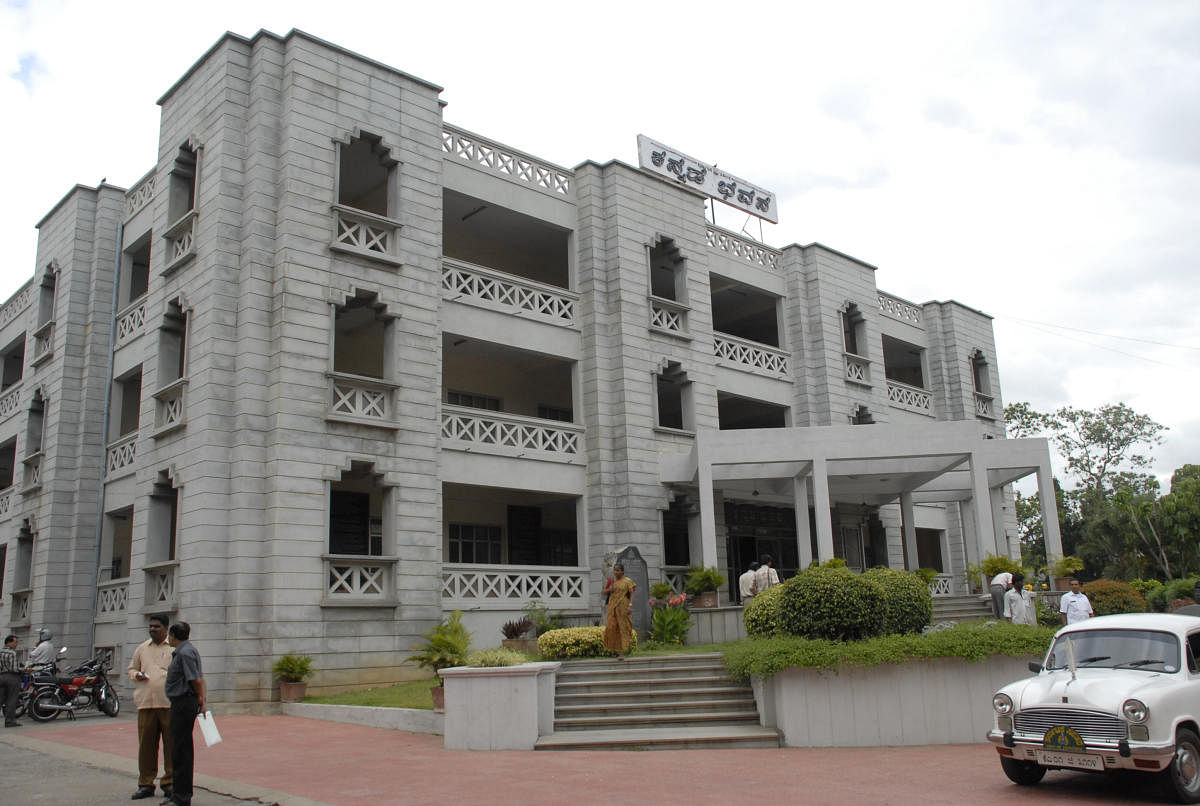

Like every major city, Bengaluru too had distinct architectural characteristics that were visible until a few decades ago. With the rocky terrain in its immediate surrounding and the availability of cheap labour and craftsmen specialised in stonework made granite stone popular as a building material.
Many public buildings, places of worship, schools and colleges, factories and even residences were constructed by using the locally available granite.
But this characteristic of the city has been drowned in glass buildings.
The earliest stone structures in Bengaluru, which can still be seen today, are the four watchtowers of Kempegowda and the remnants of the fort wall near the city market.
With the advent of the British in Bengaluru, many of the public buildings were distinct and imposing structures of stone. Hospitals and charitable dispensaries built nearly a hundred years ago were made of the grey stone — examples include Minto Eye Hospital, Victoria Hospital and Vani Vilas Hospital, all located in Chamarajpet and the original building of NIMHANS on Lalbagh Road.
Many corporation dispensaries, some of which were set up by philanthropists in Bengaluru, are of stone — Corporation maternity hospital on J C Road; maternity hospitals in N R Colony, Sajjan Rao Circle, Guttahalli; Velu Mudaliar dispensary on Kamaraj Road; Annaswamy Mudaliar dispensary in Frazer Town, among many others.
In the cantonment area, there are several educational institutions all made of stone structures. The St Joseph’s School and college, which is over a hundred years old, Renukacharya College of Commerce on Race Course Road, St Charles High School in St Thomas Town, Industrial Training Centre on Lalbagh Road, Kamalabai Girls High School on Connaught Road, Theresa Convent in Briand Square and A P S High School are all stone structures.
Many of the older Corporation schools such as the Telugu School in Shivaji Nagar, Urdu School in Frazer Town, Girijamma Mukunda High school in Basavanagudi, Corporation Girl’s High School near Thimmaiah Road have a stone structure and facade.
Bengaluru was once famous for textile mills and the factory buildings of these old textile mills were of stone, like the Binny Mills, Minerva Mills and Raja Mills.
Some of the well-known buildings of stone include Andrews Building and Bible Society building on M G Road, Kumara Krupa Guest House on Kumara Krupa Road, B R V Theatre on Cubbon Road, the Oriental Building near Kumble Circle housing the LIC office, churches like St Francis Xavier Cathedral on St John’s Road, Seventh Day Adventist Church, Cunningham Road, St Stephen’s Lutheran church in Frazer Town and St Joseph’s Church in Briand Square.
Stone buildings continued to be erected even during the early decades after independence. The most prominent among these is, of course, the Vidhana Soudha, built during the mid-fifties. It is a stone structure, built almost entirely with the ‘Bangalore Granite’ excavated from the environs of Mallasandra and Hessaraghatta, selectively mixed with Magadi Porphyry, popularly known as Magadi Pink, and Turuvekere Black, for enhancing the visual effect.
A prominent stone building established in 1973 is the Indian Institute of Management campus. The GPO building with grand entrance steps and imposing columns of the classic design was completed in the mid-eighties.
Among the recent public buildings built in stone include the Bangalore Central Jail in Parappana Agrahara and the Kannada Bhavan adjacent to Ravindra Kalakshetra on J C Road.
Glass buildings may be popular in Bengaluru today. But even the new millennium has witnessed an imposing stone building — the Vikas Soudha, adjacent to the Vidhana Soudha.